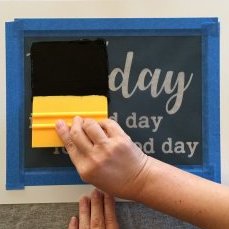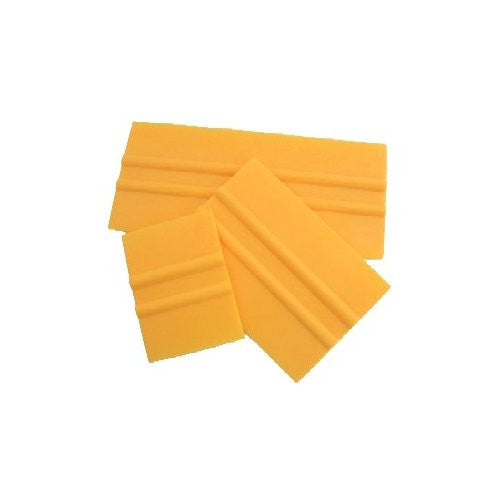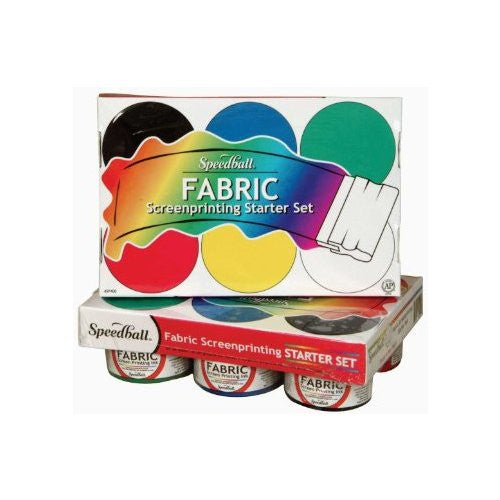Menu
How the Pros Make Silk Screen Printing Stencils
In conventional screen printing, vital tools for creating a screen consist of a degreaser to clean the screen, a frame (typically made of wood or aluminum), screen mesh product, a scoop coater for applying emulsion, emulsion for developing the stencil, a light (generally a direct exposure unit) for exposing the screen, a printed transparency, a dark location for working, and a washout area or booth. A carousel, not what you might see in the park, but a multiple vice-grip armed machine to hold the apparel and silk screens. This setup enables the production of elaborate stencils for transferring designs onto various substrates.
Traditional tools:
Every aspect, from the emulsion thickness to the exposure time, plays a considerable role in the outcome of your screen-printed goods. Mastering this process enables the development of sensational, professional-grade prints on a range of substrates, making it a foundational ability for any screen printing enthusiast.
After the screen has dried, it is exposed to a light source, which is a vital step in the process. Timing is crucial here, as the emulsion should solidify correctly in the locations where light hits it, creating a stencil of your wanted design. Meanwhile, the locations that are shielded by the design on the transparency stay uncured and are gotten rid of, forming unfavorable space that allows the ink to pass through.
In standard screen printing, producing a premium screen for screen printing is a careful procedure that includes several vital actions, ensuring that the final print is as sharp and vibrant as possible. The journey begins with thoroughly degreasing the screen to eliminate any residues that may interfere with the emulsion application. Next, an appropriate emulsion is picked and applied equally across the screen; this option is essential as it requires to match the kind of ink you prepare to utilize. After finish, the screen must be dried in a dust-free environment to prevent flaws.
Traditional tools:
- Degreaser
- Structure
- Mesh
- Application tool for emulsion
- Fluid light-sensitive emulsion
- Light table with suction
- Location for washing out screens
- Translucent sheet
- Carousel
Every aspect, from the emulsion thickness to the exposure time, plays a considerable role in the outcome of your screen-printed goods. Mastering this process enables the development of sensational, professional-grade prints on a range of substrates, making it a foundational ability for any screen printing enthusiast.
After the screen has dried, it is exposed to a light source, which is a vital step in the process. Timing is crucial here, as the emulsion should solidify correctly in the locations where light hits it, creating a stencil of your wanted design. Meanwhile, the locations that are shielded by the design on the transparency stay uncured and are gotten rid of, forming unfavorable space that allows the ink to pass through.
In standard screen printing, producing a premium screen for screen printing is a careful procedure that includes several vital actions, ensuring that the final print is as sharp and vibrant as possible. The journey begins with thoroughly degreasing the screen to eliminate any residues that may interfere with the emulsion application. Next, an appropriate emulsion is picked and applied equally across the screen; this option is essential as it requires to match the kind of ink you prepare to utilize. After finish, the screen must be dried in a dust-free environment to prevent flaws.
EZScreens ® Are Different
EZScreens® are pre-coated with emulsion on the mesh, which streamlines the process and decreases the requirement for extra actions and tools. Instead of a traditional direct exposure unit like a vacuum light table, our Screen Printing Kits feature an EZScreenPrint® direct exposure unit including 2 standard boards with binders, enabling you to expose your screen with various light sources, including sunshine.
Learn more about EZScreens® our prelaminated silk screen stencils, or checkout our Screen Printing Kits (watch the video).
To read more about DIY Screen Printing visit our blog.
Not sure what to do in your next project? Visit our Inspiration page to see what others are doing an connect with us.
- Choosing a selection results in a full page refresh.





